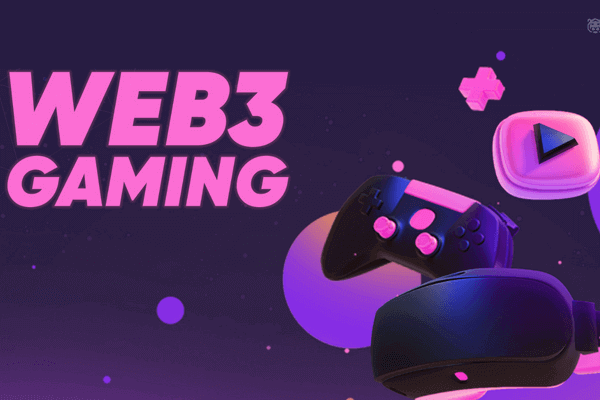The projected Web3 Gaming Market Size is a powerful testament to the massive economic potential unlocked when digital ownership and open economies are integrated into interactive entertainment. The market's valuation is a comprehensive measure of the total economic activity occurring within this new paradigm, representing a fundamental shift that could capture a significant slice of the broader, half-trillion-dollar global gaming industry. This valuation goes far beyond simple game sales, encompassing the entire lifecycle of digital assets within player-driven economies. The scale of this new digital frontier is immense, with forecasts predicting the market will grow to an impressive USD 118.36 billion by 2034, expanding at a vigorous compound annual growth rate of 33.23% over the next decade.
The most direct component contributing to the market size is the value of all primary asset sales. This is the revenue generated by game developers when they sell NFTs—be it characters, land, items, or access passes—directly to the player base. These initial sales are often the first major injection of capital into a game's ecosystem and serve as the foundation upon which the entire player economy is built. The total value of these primary sales across all Web3 games in the market represents a baseline, but substantial, portion of the overall market size. As game quality increases and more players enter the space, the demand for these foundational assets is expected to grow exponentially, driving this component of the market's valuation significantly higher.
A far larger and more dynamic contributor to the market size is the total transaction volume, or Gross Merchandise Volume (GMV), generated on secondary NFT marketplaces. This figure represents the total value of all peer-to-peer trades of in-game assets. A high secondary market volume is a critical indicator of a healthy, active, and engaged player base. It shows that assets are not just being held but are being actively used, traded, and valued by the community. As these player-owned economies mature, the value of secondary market transactions is expected to dwarf primary sales, much like the used car market is larger than the new car market. This vibrant trading activity is a core component of what gives the Web3 gaming market its immense scale and economic depth.
Finally, the market size is also a reflection of the financialization of the gaming assets themselves, including the total market capitalization of all gaming-related cryptocurrencies and tokens. These tokens are the lifeblood of their respective game economies, used for everything from in-game currency to governance rights. The collective value of these tokens represents a significant portion of the industry's total valuation. Furthermore, the development of sophisticated financial services around these assets, such as lending, borrowing, and staking, adds another layer of economic activity. Therefore, the overall market size is a holistic measure of the combined value of primary sales, secondary trading volume, and the underlying financial infrastructure of the entire Web3 gaming ecosystem.
Explore Our Latest Trending Reports:



